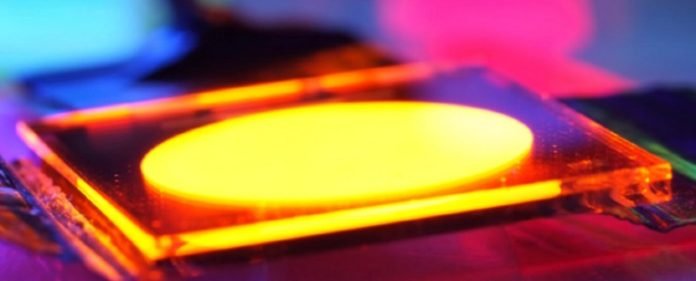
Imagine your TV, smartphone screen, or room lights getting brighter, more colorful, and even more power-saving.
That’s what scientists from the University of St Andrews are working on, making this dream a step closer to reality.
At the heart of their research are OLEDs – Organic Light-Emitting Diodes.
These are the little wonders behind the vibrant displays of most smartphones, smartwatches, and some TVs and car lights.
But there’s been a snag: while these OLEDs are great at being bright and efficient on a small scale, like your phone’s screen, they haven’t been as good when you turn up the brightness, like what you’d want in a room light or an outdoor billboard.
This problem is known as ‘efficiency roll-off.’
The good news comes from the Organic Semiconductor Centre at St Andrews, where researchers from both the physics and chemistry departments have found a way to tackle this issue.
In a study published in the prestigious journal Nature, they’ve laid out a new method for making OLED materials that stay efficient even when they’re turned up to eleven.
Professors Ifor Samuel and Eli Zysman-Colman, leading the project, have basically created a recipe for success. Their guidelines show how to mix and match the right features in materials to keep OLEDs shining bright without losing efficiency, no matter the brightness.
What does this mean for us? For starters, better displays that don’t drain your battery as quickly, whether you’re binge-watching your favorite show or texting in the bright sunshine.
But it’s not just about better gadgets. These improvements could lead to advancements in lighting that use less electricity and even open up new ways to use light in medicine.
The breakthrough here isn’t just technical; it’s a promise for a brighter, more colorful, and energy-efficient future, all thanks to the clever manipulation of organic materials by a team of scientists blending the worlds of physics and chemistry.



